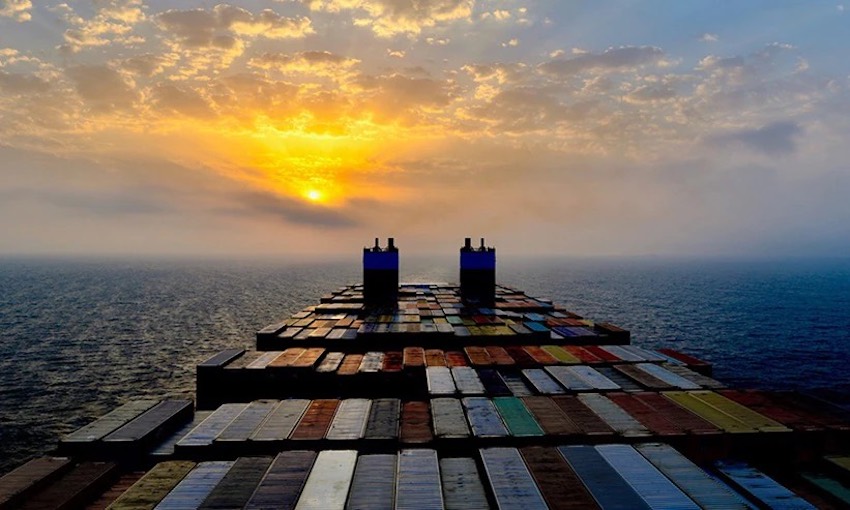DNV has approved ship data collection systems developed by COSCO and Samsung Heavy Industries.
The classification society’s D-INF type approval rules provide guidelines for the design, construction and maintenance of a ship’s data infrastructure.
DNV said a standardised data infrastructure system can, through improved connectivity, data sharing, analysis and real-time monitoring, enhance operational efficiency on ships.
It said it can also enhance safety and reduce maintenance costs.
SHI’s data collection infrastructure, called Svessel Big, is to be a key component of digitally enabled vessels.
And COSCO Shipping has implemented data collection infrastructure through its subsidiary Shanghai Ship and Shipping Research Institute (SSSRI) and developed has the Intelligent Integrated Platform System.
DNV said COSCO’s vessel-to-cloud data collection system is to be installed on a series of the company’s newbuild container vessels at the COSCO Shipping Heavy Industry shipyard in China.
“We congratulate COSCO and SHI on this achievement and look forward to continuing close cooperation with them to drive maritime digitalization forward,” DNV Maritime CEO Knut Ørbeck-Nilssen.
“To reap the benefits of the digital transformation it is crucial that we as an industry establish a standardised approach and collaborate on data use to ultimately ensure safe, sustainable and efficient operations.”
SSSRI general manager Chen Gong said standardised data infrastructure could be implemented in a cost-efficient way across the fleet.
“The verification of our data collection infrastructure systems by DNV demonstrates our dedication to meeting the highest standards in the industry and we are looking to continuously improve our smart fleet operation.”
SHI vice president Hyun Joe Kim said the company is proud to have DNV verify its data collection infrastructure systems.
“This is a testament to our commitment to providing safe, reliable, future proof and innovative solutions to our customers,” he said.
“With such systems delivered as part of the vessel infrastructure, our vessels are truly digitally enabled.”





